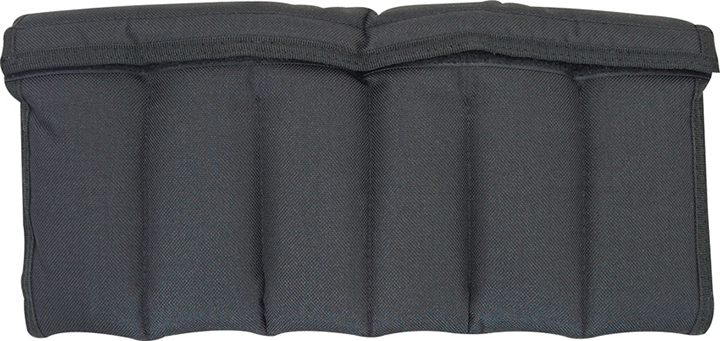Blog #6 - How to Clean and Maintain Your Knives for Longevity and Performance
Author: Knife Supplies Australia Date Posted:12 May 2023
Every knife enthusiast knows the importance of proper knife care and maintenance. Ensuring your knives are clean, sharp, and well-maintained not only prolongs their life but also optimises their performance. In this article, we'll delve into various considerations and methods for looking after your knives, touching on topics such as using the correct knife for a given task, moisture damage, handle material, steel type, blade sharpening, maintenance methods and products, and storage options.
Choosing the Correct Knife for the Task – Consider Design and Dimensions
The best way to ensure a knife’s longevity is by avoiding damage in the first place. It is critical to consider a knife’s overall design and dimensions so that it is not used for tasks beyond its ability.
For example, an EDC pocketknife intended for small everyday tasks will cope with far less abuse than a survival knife designed for tasks such as processing firewood by chopping and batoning.
Consider steel type, blade length and thickness, and a folding vs fixed blade design. Small, thin blades are suitable for delicate work but can easily snap or bend if used for heavy tasks. Choosing a larger, thicker blade can avoid many of these issues, especially if paired with a strong steel.
Likewise, lighter tasks can be accomplished with a convenient folding knife, but heavy-duty tasks may require a fixed blade knife due to the additional strength provided. A fixed blade knife has no folding pivot point in the middle to act as a point of failure and will take much more abuse. Full-tang knives are especially strong (a full tang is when the blade steel extends through the full length of the handle).
Handle Material and Steel Type Considerations
The materials used to make your knife can play a significant role in its longevity and performance. Handle materials vary greatly, with options like wood, bone, horn, metals, resin-impregnated fabrics, and synthetic materials. Each material comes with its own set of pros and cons in terms of durability, grip, and resistance to moisture damage.
When it comes to steel type, there's a wide range of options, each with unique characteristics. Some popular choices include stainless steel, high carbon steel, and tool steel. Stainless steel is known for its corrosion resistance, while high carbon steel was traditionally prized for its sharpness and edge retention. Many modern stainless steels now offer excellent edge retention and sharpness, so there isn’t a need to compromise on these requirements to achieve corrosion resistance.
Consider your specific needs and preferences when selecting a knife with a suitable steel type and handle material.
Understanding Moisture Damage and Corrosion
A significant issue affecting knife longevity is moisture damage. Moisture can lead to rust and corrosion which dulls your knife, and swelling and cracking of handle materials. Damage to a knife not only affects the appearance, but also the performance and safety. If left unchecked, it will compromise the knife’s structural integrity.
Here are some steps to minimise the risk of moisture damage:
- If you intend to use your knife for wet tasks or in wet environments, choose one with a corrosion-resistant stainless steel.
- Wipe your knife clean immediately after use to remove any moisture or residue.
- Store your knife in a dry place, away from humidity.
- Remove the early signs of corrosion with metal polish.
- Use a knife care oil to create a protective barrier against moisture.
Keeping a knife clean, dry, polished, and oiled will prevent most long-term damage. You’ll still need to sharpen it though!
Regular Maintenance: The Key to Longevity and Performance
To ensure your knives remain in excellent condition, it's important to establish a regular maintenance routine. This routine should include:
- Cleaning your knives thoroughly after each use. This involves washing the blade with warm, soapy water and drying it completely before storage.
- Periodically checking the handle for any damage, such as cracks or loose rivets, and addressing any issues as needed.
- Sharpening your knives as necessary, depending on the frequency of use and the type of tasks they're used for. Investing in a quality sharpening system can help you maintain your knife's edge and prolong its life. Options include whetstones, honing rods, and guided sharpening systems.
- Applying a protective layer of oil or polish to prevent rust and corrosion, particularly if you live in a humid environment or store your knives in a damp area.
- If you have a leather handle or sheath, proper care with leather treatments can prevent it from holding moisture and protect both the sheath and your knife.
The Importance of Sharpening
A sharp knife is not only safer to use, but it also performs better. Regular sharpening ensures your knife remains effective for cutting, slicing, chopping, and other tasks. Different knives require different sharpening techniques, so be sure to familiarise yourself with the specific method for your knife.
Knife sharpening can be quite a technical topic and even a hobby unto itself. Products range from simple and quick options for inexpensive knives right through to multi-stage processes requiring a range of sharpening tools including stones of varying grits, compounds, strops, and guided systems.
Choosing the wrong product/s or method can damage a knife, so be sure to do your research and choose sharpening products wisely. This is especially important for expensive premium knives and knives with special design features such as a convex edge or serrations.
Storage Solutions: Keeping Your Knife Safe and Dry
Proper storage is essential for protecting your knife from damage and moisture. Avoid storing your knife in a leather sheath that could hold moisture, as this can lead to rust and corrosion. Some popular storage options include:
- Knife blocks: A convenient and safe way to store multiple knives while keeping them easily accessible. These are usually designed for kitchen knives.
- Magnetic knife strips: These can be mounted on a wall, saving counter space and providing easy access to your knives.
- Drawer knife organisers: These inserts can help protect your knives from damage while keeping them neatly organised in a drawer.
- Knife Pouches, Rolls, and Socks: These are excellent options as they will often hold multiple knives securely, protecting them from damage, whilst being portable! Commonly made from fabric or leather, it’s best to choose fabric options to prevent moisture damage.
Proper knife care and maintenance are crucial for prolonging the life and performance of your knives. By understanding common issues like moisture damage and corrosion, choosing the right handle material and steel type, sharpening your knives regularly, using your knives correctly, storing them properly, and utilising appropriate knife care products, you can ensure your knives remain in top condition for years to come. Remember that regular maintenance is key, and with a bit of effort, you'll enjoy the benefits of sharp, reliable knives for all your cutting needs.
If you have any questions or would like assistance in selecting a knife or knife sharpening equipment, please contact Knife Supplies Australia here:
Phone: +61 1300 792 340
Email: sales@knifesupplies.com.au


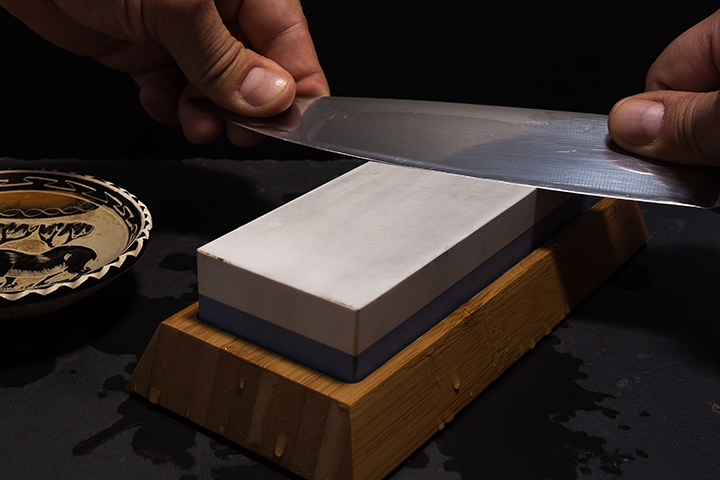
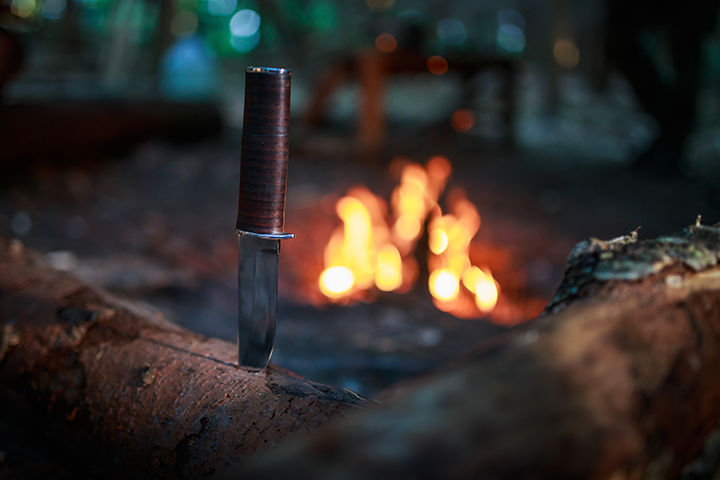
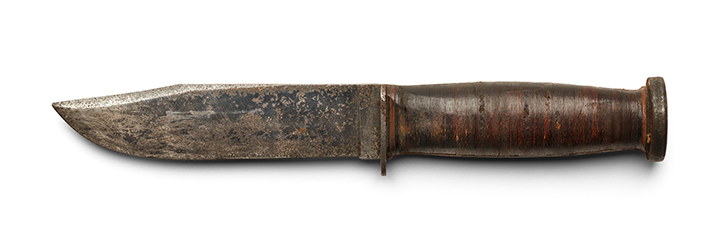
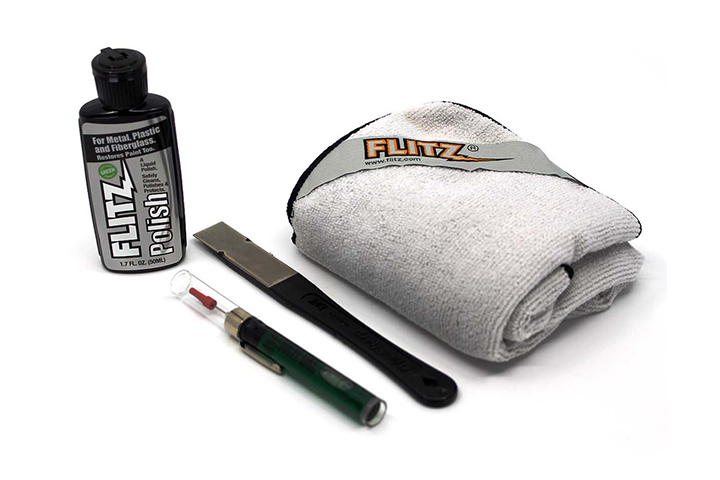
.png)
